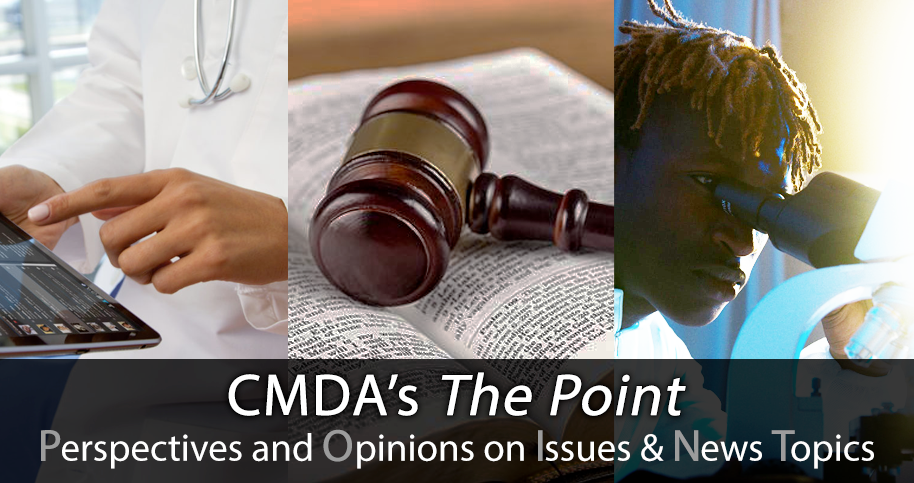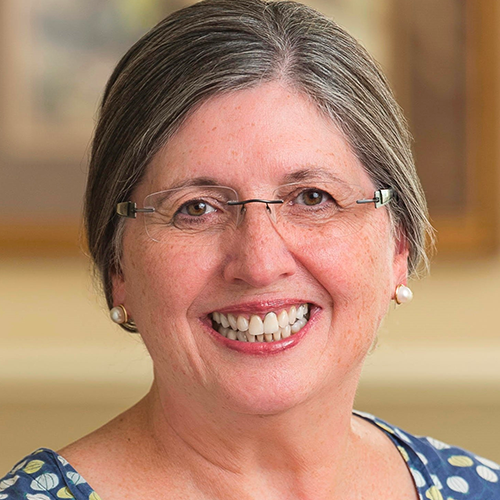
The Point Blog ARCHIVE
All articles found in the archive are more than three years old.
The purpose of this blog is to stimulate thought and discussion about important issues in healthcare. Opinions expressed are those of the author and do not necessarily express the views of CMDA. We encourage you to join the conversation on our website and share your experience, insight and expertise. CMDA has a rigorous and representative process in formulating official positions, which are largely limited to bioethical areas.
The Rise of Blastoids
June 21, 2018
by D. Joy Riley MD, MA (Ethics)
On May 2, 2018, Nature published a letter by Rivron, et al, entitled, “Blastocyst-like structures generated solely from stem cells.” It described the production of embryo-like structures from stem cells. Both trophoblast and embryonic stem cell lines were produced. These formed structures that resembled blastocysts that are 3.5 days old (after conception), but “did not support full bona fide embryonic development.” These embryo-like structures were therefore termed “blastoids.”
The researchers found that the “inner embryonic cells” of the blastoids, like the inner cell mass of embryonic stem cells in the blastocyst, “drive the development of the outer trophectoderm.”
They found further, “Although blastoids do not support the development of bona fide embryos, we demonstrate that embryonic inductions are crucial to form a trophectoderm state that robustly implants and triggers decidualization in utero. Thus, at this stage, the nascent embryo fuels trophectoderm development and implantation.”
This study was done in mice. Dr. Rivron, the lead author of the study, told the BBC that this would allow the generation of “extremely large numbers of these embryos” in order to study them more fully. Rivron postulated that the study of such blastoids could provide greater understanding about problems with implantation as well as play a role in screening of potential infertility drugs.
Regarding the use of human stem cells to produce such results, the BBC provided reassurances to readers:
(Rivron) said there were no plans yet to repeat the results using human stem cells. That would require approval.
Prof Robin Lovell-Badge, an expert at the UK’s Francis Crick Institute, said the prospects for obtaining human embryo-like structures in this way was currently “very remote.”
“This is a pity for basic research because it would be very useful to have a limitless supply of human blastocyst-like stage embryos to understand the relevant cell-cell interactions required to make normal embryos and to study mechanisms of implantation.
“However, it may come as a relief to others that such a method of producing many genetically identical human embryo-like structures that might be capable of implantation is not feasible—even if it would be illegal to implant them into women, as is clearly the situation in the UK.”
It appears from the comments by both Rivron and Lovell-Badge that the problems holding back such research are time and government rules. The first will take care of itself, as research is continued in myriad laboratories around the world. The second can, of course, be taken apart piece by piece as science pushes on the boundaries of what is acceptable.
We all, as scientists, government officials and the public, need to stay informed of what investigations are being conducted behind closed research doors. We all, as scientists, government officials and the public, need to think deeply about the issues surrounding life itself. Should it be permissible to create human-like structures that cannot manifest themselves as human beings? If it is permissible to do so, how many should be created: a certain number per lab or multitudinous ones? Is it permissible to attempt to implant these into human beings? Should it be only a matter of consent by the ones involved? Who draws the lines—now and in the future?

